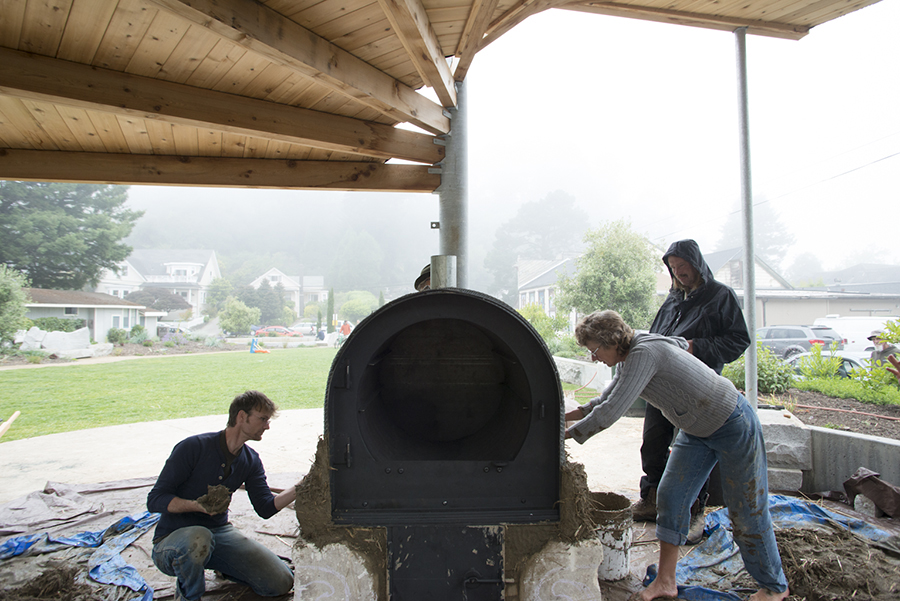The latest incarnation of a parcel of land in downtown Bolinas long known as Burnt Park received a finishing touch this weekend as volunteers installed . . .
Cob oven puts a finishing touch on Bolinas park


The latest incarnation of a parcel of land in downtown Bolinas long known as Burnt Park received a finishing touch this weekend as volunteers installed . . .